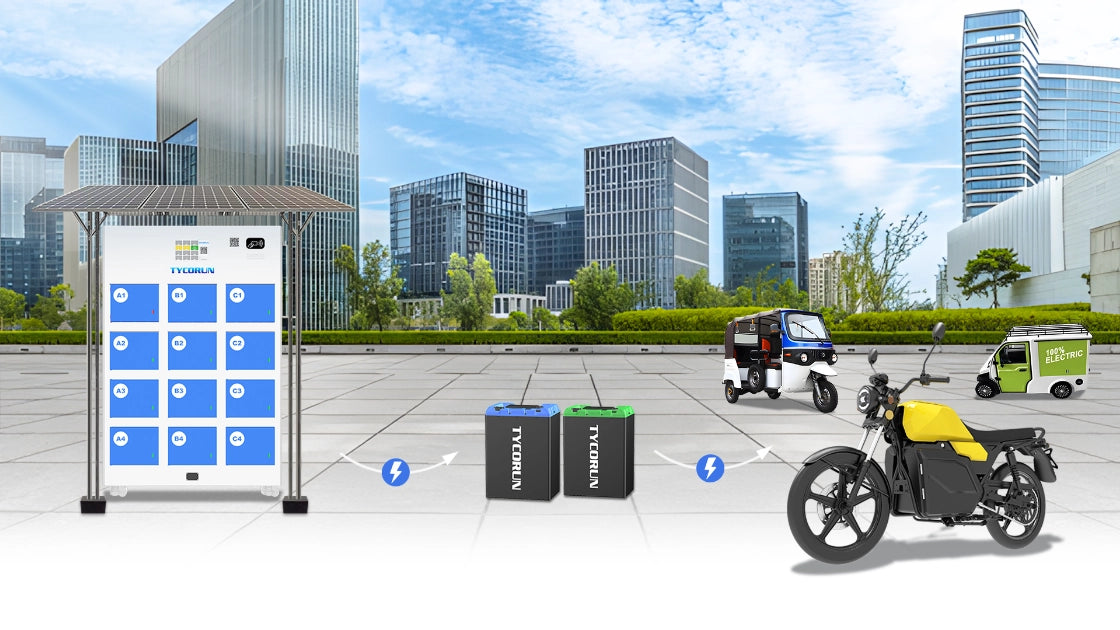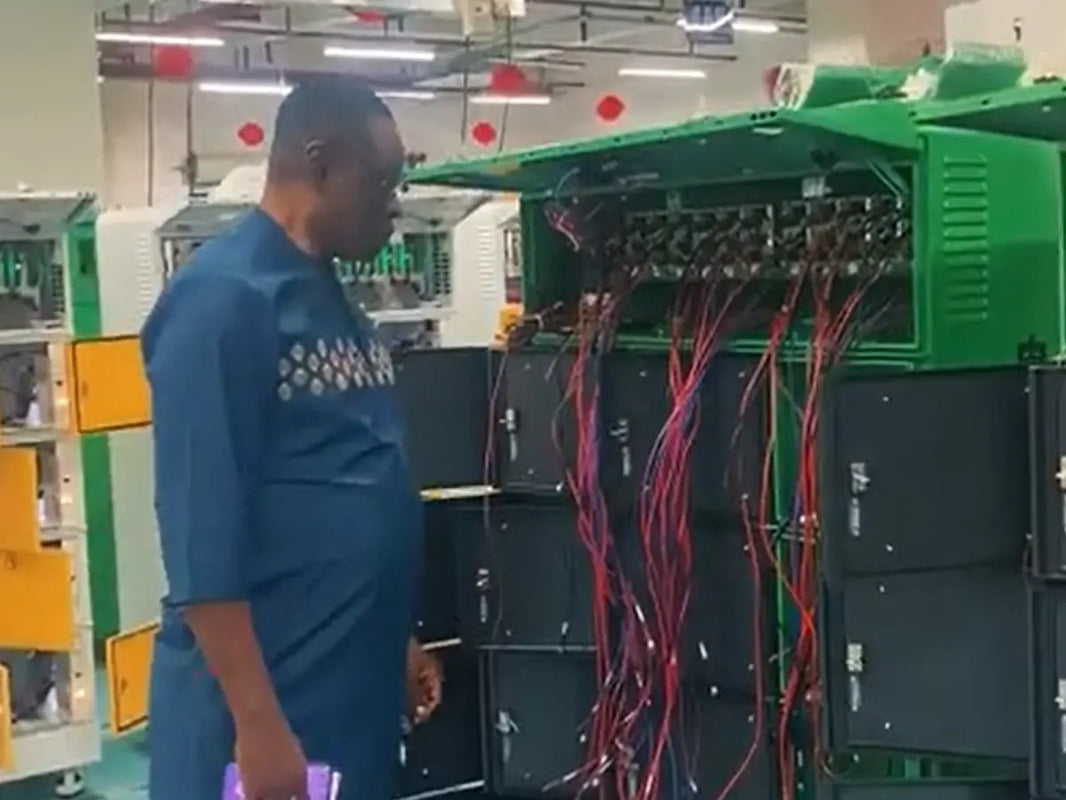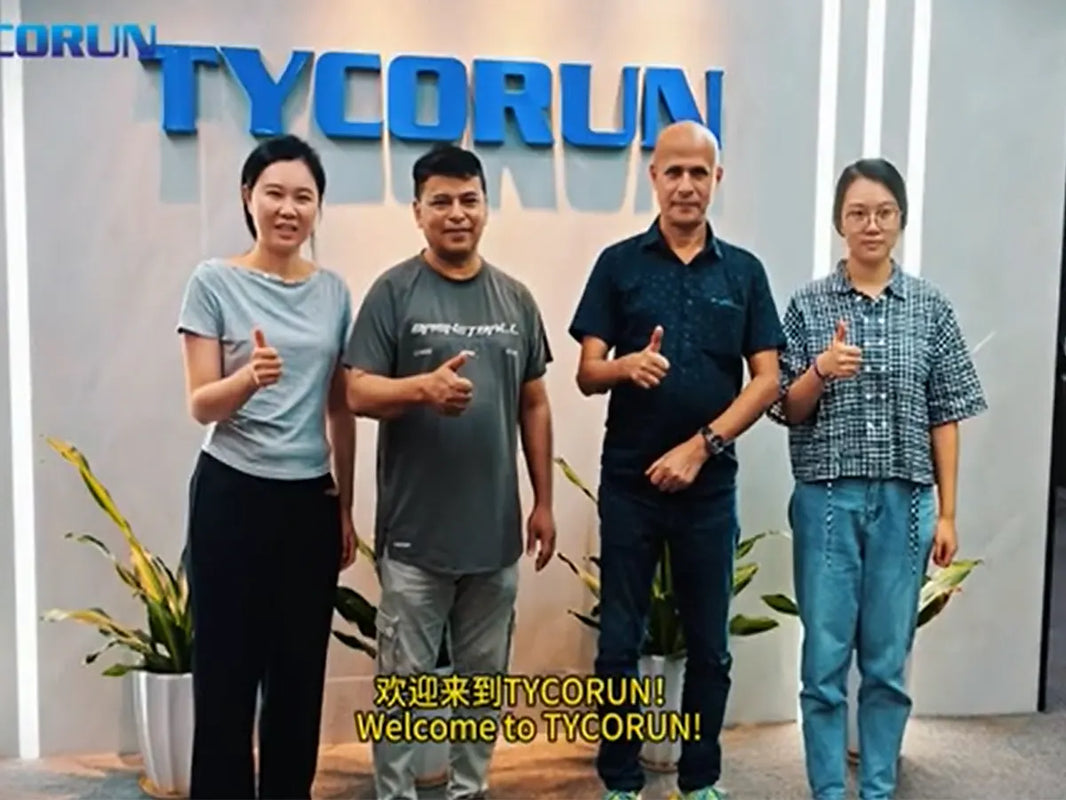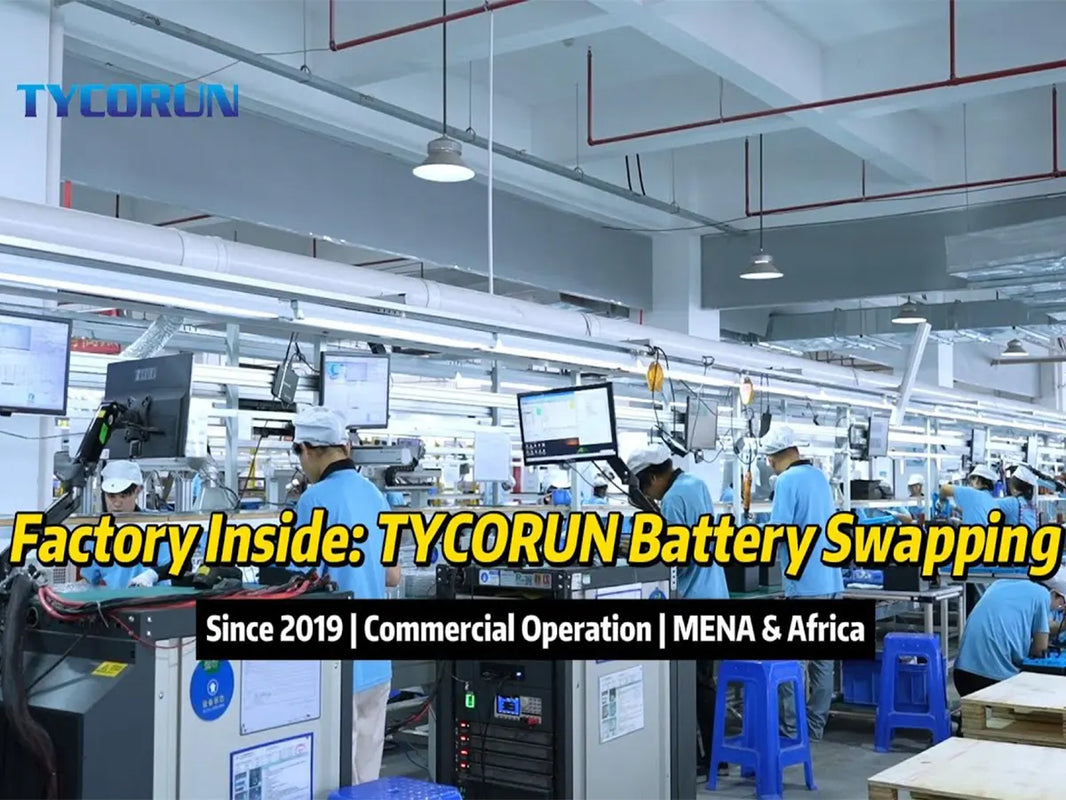
Main content:
- Chinese batteries are integrated into the European market
- The cost is too high and European companies once gave up battery production
- European companies face four major challenges in producing power batteries
- Green barriers limit battery development in Europe
- Can Europe gain a head start with solid-state batteries?
Until 2021, the batteries for electric cars produced in Europe will basically come from other countries. As Chinese battery companies appear in front of global users with a leading image, Europe has stepped up efforts to support local battery manufacturers, and the cooperation and competition between the two parties in the battery market are deeply intertwined. Strengthening mutually beneficial cooperation may be the right way for China and the EU to jointly tackle climate change and energy crisis.
1. Chinese batteries are integrated into the European market
Chinese batteries and new energy vehicles are continuously entering the European market. According to relevant reports, in the first half of 2022, the global installed capacity of power batteries was 202GWh, a significant increase of 75.65% compared with 115GWh in the same period last year. Among the top 20 companies in terms of market share, there are 15 Chinese companies, with a total market share of 61.88%. Among the power battery companies in the world with a year-on-year growth rate of more than 100%, 11 are Chinese companies.

Since 2017, CATL has been the global power battery sales champion for five consecutive years. In the first half of 2022, CATL's power batteries accounted for 34.16% of the world's total. Whether it is the CTP and MTV structural innovative batteries of CATL, or BYD's new blade batteries, China's power battery products already have comprehensive advantages in terms of safety performance, strength, endurance, service life, charge and discharge power, and low temperature performance.
2. The cost is too high and European companies once gave up battery production
Europe has always been an important base for battery research, but for cost reasons, Europe has gradually abandoned battery production in recent years. After American and European companies gave up battery production, the battery production industry gradually concentrated in Asia. This is an industry with full market competition. At present, products from many companies in China, Japan and South Korea are available for purchase.
With the rise of new energy vehicles around the world, more and more car companies realize that the battery in an electric vehicle is not just a replaceable common component. It's the heart of an electric car, and it's the most expensive component. The EU is beginning to realize that building a complete local battery value chain in Europe is a top priority for clean energy transition and industrial competition. The market opportunity for the European battery industry is expected to reach around 250 billion euros per year by 2025.

With the strong support of the EU, in 2017, the EU Battery Alliance (EBA), which aims to promote and develop local battery cell production, was established, with the participation of 14 EU member states and the European Investment Bank, hundreds of companies and scientific research institutions. In April 2022, EBA proposed a new action plan, hoping that by 2030 the EU's domestic battery products can meet 90% of its market demand.
3. European companies face four major challenges in producing power batteries
The first is to overcome the difficulties of mass production.
Asian battery companies are generally developed from lithium battery companies in the world for consumer electronics. Through years of accumulation, they have gradually solved various problems encountered in mass production. However, the self-built industrial chain in Europe is still in its infancy. Many newly established battery manufacturers lack similar experience and need to overcome more difficulties in the mass production process.
The second is to ensure the supply of raw materials.
At present, China has a high market share in the key links of cell production. This means that many of the materials needed by European battery manufacturers have to be sourced from China. Taking Northvolt, the only local power battery manufacturer in Europe that has started mass production, as an example, many of the core materials of its batteries come from Chinese suppliers.
Europe is increasing cooperation with the United States, Canada, Australia and other countries in terms of raw materials. But the problem is that the new supply chain must pay huge time and capital cost. For example, a new raw material base will take at least 10 years from the initial feasibility study to the start of production, and will take several years to reach the design capacity.

The third is the supporting capacity of lithium battery equipment.
The production process of lithium batteries is relatively complex, which is roughly divided into the stages of pole piece manufacturing, cell assembly, cell formation, and testing. Related manufacturing equipment orders are gathering from leading companies in various segments. Asian companies have obvious advantages in this regard and are expected to become core equipment suppliers for new battery factories in Europe.
The fourth is to participate in global market competition.
Asian battery companies are taking advantage of the time window when European local battery companies have not yet formed large-scale production capacity to seize market share. It is estimated that by 2025, the battery production capacity of CATL will reach 670GWh, BYD may reach 600GWh, and LG New Energy plans to reach 540GWh. From upstream lithium mines and lithium salts, to positive and negative electrode materials, separators, and manufacturing equipment for batteries, leading companies have relatively complete layouts. And around the new battery structure and material system, technological innovation and product iteration are still being carried out.
The production of batteries is an industry that extremely pursues economies of scale. Whether European local battery companies can expand production capacity and reduce costs in a short period of time is the key to their participation in market competition. Faced with a series of challenges such as rising raw material prices upstream, pressing competitors, and strict control of purchase prices by OEMs, how to survive and develop in the brutal market competition may be the biggest problem faced by emerging European battery companies.
4. Green barriers limit battery development in Europe

In 2027, Europe will ban the sale of batteries that exceed the maximum carbon footprint limit. The EU also mandates battery recycling and reuse of metals such as nickel, cobalt, and lithium, reducing pressure on environmental protection and raw materials. In addition, the EU will mandate due diligence on the entire supply chain of batteries, including the social and environmental risks involved in the extraction of raw materials, cell production, and battery use. This series of new regulatory policies will undoubtedly benefit the layout of local battery companies in Europe and make up for their disadvantage in product cost.
Correspondingly, the new battery companies in Europe attach great importance to the carbon emissions of the whole life cycle of batteries from raw materials to products. The data shows that the carbon emissions of electric vehicle battery production range from 61kg to 106kg CO2e/kWh, which can account for more than 60% of the total life cycle emissions of electric vehicles. However, there is an important premise for building green barriers for the European battery industry, that is, Europe's battery production capacity can meet its own needs. Otherwise, these measures will increase production costs, including for European battery makers, while the products of leading Asian players will remain competitive.
5. Can Europe gain a head start with solid-state batteries?
Solid-state batteries are an important direction for the research and development of next-generation power batteries and are considered to be expected to replace traditional lithium-ion batteries. Experts said that the development of all-solid-state lithium batteries in Europe mainly depends on the development of solid electrolytes. Currently the most promising electrolytes are oxides, sulfides and polymers, and borohydrides and halides have also made breakthroughs in the past five years, but the advantages and disadvantages of the above-mentioned electrolytes are obvious.

Currently only some sulfide electrolytes have ionic conductivities approaching or exceeding the levels of organic liquid electrolytes. Due to the interface and other aspects, its electrochemical stability is not satisfactory. At present, there is no perfect electrolyte that can meet the application requirements, so various electrolytes need to be improved to obtain good comprehensive performance. Fundamental and applied research progresses iteratively. Some material systems have begun to slowly enter the field of application.
The experience gained during application will facilitate the development of basic research. In addition, continued efforts are needed to discover new structures of ionic conductors, and computational binding experiments using high-throughput screening will aid in the discovery of new compounds. Can Europe develop other new types of batteries, such as lithium-air batteries or lithium-sulfur batteries. These new battery systems are still in development, and there are still many problems in bringing them to market.
Related articles: car battery voltage, Tesla 4680 battery vs CATL CTP battery, solid state batteries
















